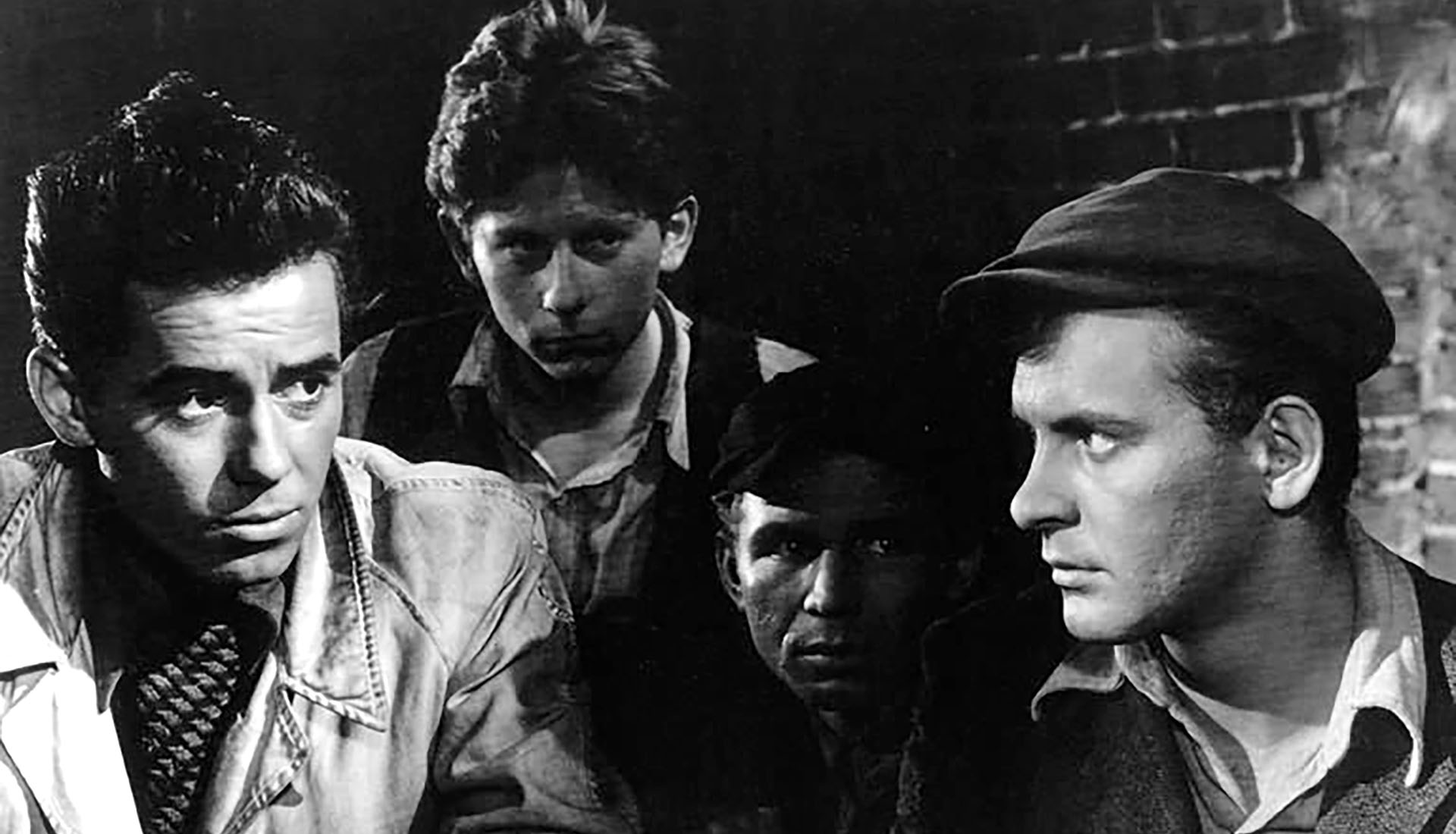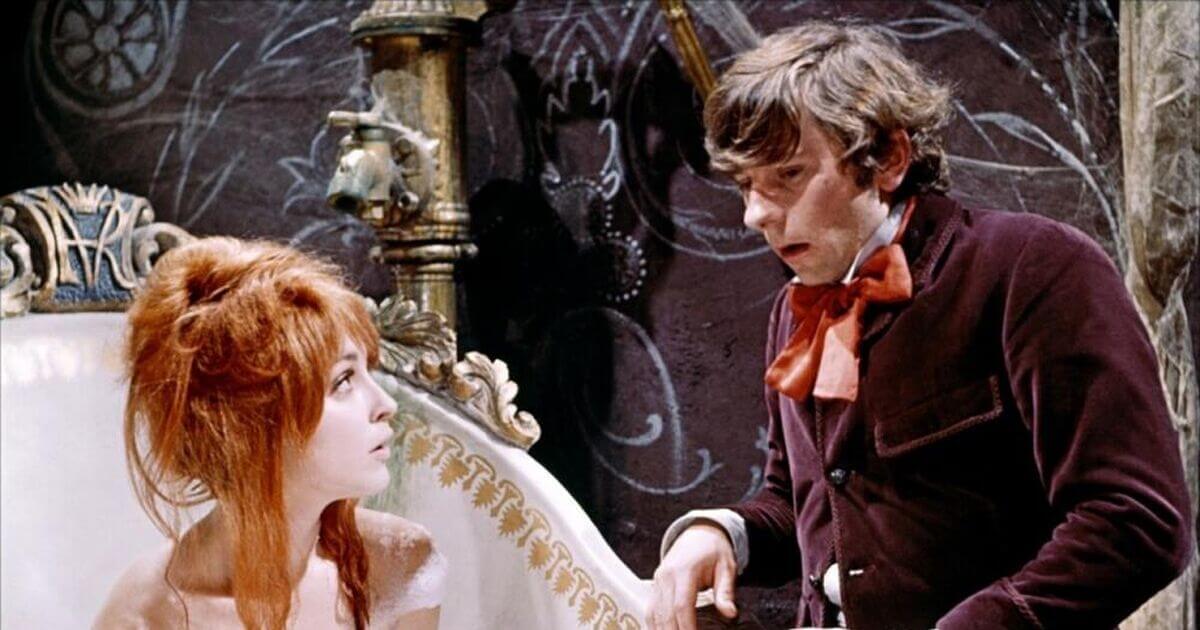ROMAN POLANSKI: A FILM MEMOIR. Just a Human

Roman Polanski’s life and work can be a fascinating subject not only for his admirers. It would be a truism to say that his experiences could be shared with at least several other people, and that would probably be enough to drive any of them to a closed institution. His phenomenon has already been tackled by several authors (including him in the autobiography Roman by Polanski) and documentary filmmakers (Marina Zenovich in Roman Polanski: Wanted and Desired). However, this time we are dealing with something different – it is less of an attempt to delve into the mysteries of his work and the tragedies that haunted him, and more of a documentary summary; a diary created by Laurent Bouzereau. He used the moment when Polanski, for 7 months, was confined to one place under house arrest in Gstaad, and Andy Braunsberg, his friend and film producer (The Postman Always Rings Twice, Being There), who also organized several of Polanski’s productions (The Tragedy of Macbeth, The Tenant). Roman Polanski: A Film Memoir.

If we were to investigate where the world has been drawing information about the director over the years, it is highly likely that the main source of knowledge about him would be press reports detailing the various scandals he was solidly responsible for and the tragedies that befell him. Paradoxically, he often appeared as the villain in both of these. While it was quite understandable in the case of the scandals, reactions from the press to the murder of Sharon Tate bordered on absurdity, including suggestions that Polanski was involved in the murder of his pregnant wife, despite the fact that he was in London at the time (the tragedy took place in Hollywood).

This was the image of the director created by the media, primarily American, it should be added, as Europe proved much more tolerant towards him. Most of the later reports, especially those in film, also focused on individual facts from his life. Bouzereau’s film, however, has a much fuller character – it is a recording of a conversation between two friends, enriched with additional film materials, photographs, and newspaper clippings. The image of the character that emerges from it is someone completely different from the public image shaped by the tabloids. This is not Polanski – the director, Polanski – the artist, the king of life, the scandalous figure, or the penitent sinner, but Polanski – the man, whose work has its specific context – a map of his experiences. From childhood in Kraków and the madness of the Holocaust to his latest cinematic achievements.

It cannot be called a cinematic confession, but it is a memoir or a recollection. In fact, the title is Roman Polanski: A Film Memoir. The greatest advantage of the documentary is that we see the director on screen, speaking with enthusiasm about himself, recounting anecdotes, becoming emotional. He steps down from the pedestal, no longer being a celebrity, a great artist, a Pole who achieved worldwide success, and instead becomes one of us; thanks to his emotions, he humanizes himself, demystifies himself, deeply feels what is happening around him; he becomes relatable. For this, the creators deserve applause. Bouzereau had no ambition to maintain objectivity. He told the story of Polanski through a camera, with Polanski speaking about himself, admitting to life mistakes but also somewhat justifying his actions. In this area, the documentary is a full success because it brings us not a symbol, but an ordinary man.

However, this does not mean that it is perfect. The problem with the film is that, in 90 minutes, it is impossible to fit a biography so rich in detail. Inevitably, after a relatively detailed introduction regarding Roman’s childhood and war experiences, we are presented with an increasingly superficial overview of his work and life, briefly stopping at two important episodes – the murder at Cielo Drive and the scandal with Samantha Geimer. For someone familiar with his biography, this is definitely not enough. It is simply hard to learn anything new from it, anything that hasn’t been repeatedly described by Polanski himself (or his biographers) or filmed by other documentarians. This leaves the viewer with a sense of dissatisfaction.

It is also hard to overlook the somewhat too literal illustrations of the connections between the director’s life and his work. It’s one thing to talk about scenes inspired by his experiences, and quite another to throw ready-made clips in the background of sentences, seemingly written just for them; like in the script – a picturesque village, a cottage from Oliver Twist; a man in a field, a scene from Mammals; cucumbers, from The Pianist, etc., etc. After a while, this tires both the eyes and the intellect of the viewers. When it comes to standards that we’ve become accustomed to in both feature films and recent documentaries, Bouzereau’s image is also somewhat too static, raw; to not say slightly amateurish even. The “two talking heads on screen” model might have been in vogue in the 1970s, but it now seems somewhat anachronistic, even taking into account that both Polanski and Braunsberg were already rather elderly men.

Roman Polanski: A Film Memoir fulfills its role – it shows us the man, not the statue, offers a good, albeit somewhat superficial, overview of his life and artistic achievements, and although it doesn’t say anything new about them, it becomes a kind of summary of a director approaching 79 years of age (now 92).

